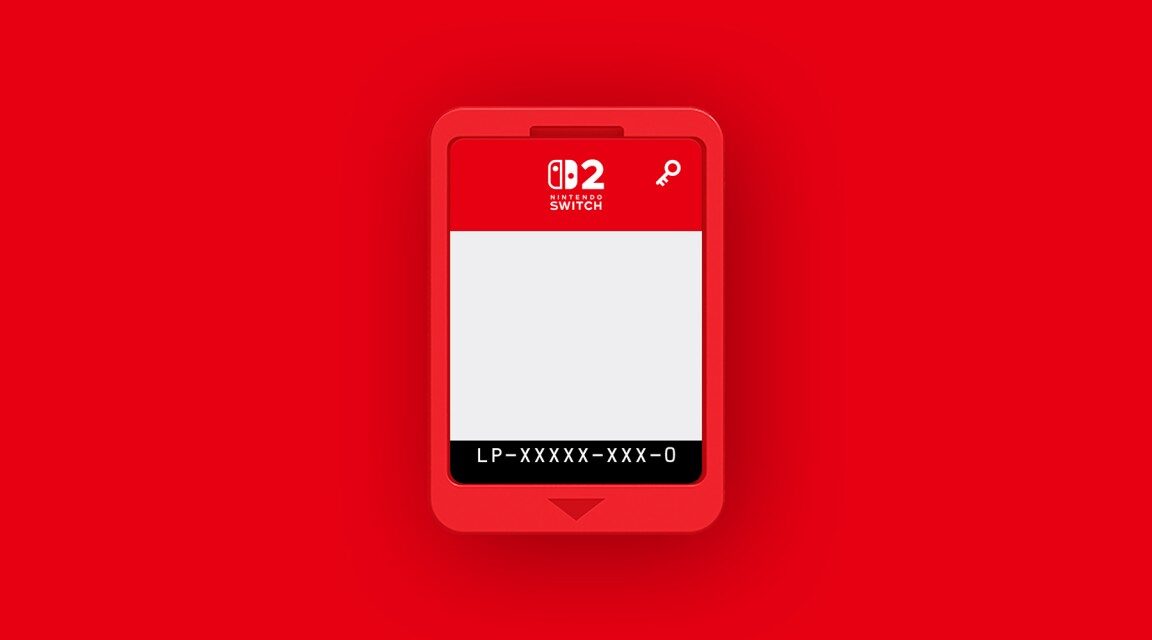Commit Message Patterns: Write Better Git History
Type: What kind of change (see below). Scope (optional): What’s affected (e.g., auth, ui, docs). Description: Short, present-tense summary (50-72 chars). Body (optional): More details, why it’s done. Footer (optional): Metadata like "Fixes #123" or "BREAKING CHANGE" Common Types of Commit Messages Here’s a quick reference table for the most frequently used commit types in Conventional Commits: Type Use Case Example feat New feature feat(ui): add dark mode toggle fix Bug fix fix(auth): resolve token expiry docs Documentation updates docs(readme): update install steps style Formatting, no logic change style(css): adjust padding refactor Code cleanup, no behavior change refactor(api): simplify fetch test Add or update tests test(unit): cover login edge cases chore Maintenance (deps, tools) chore(deps): update lodash perf Performance improvement perf(db): optimize query ci CI/CD changes ci(pipeline): add lint step build Build system changes build(webpack): minify output revert Revert a previous commit revert: undo feat(ui) How to Use This Table Type: Start your commit with one of these keywords. Scope (optional): Add in parentheses (e.g., ui, auth) to specify the area of change. Description: Keep it short, present tense, and descriptive. Cheat Sheet Examples Simple Feature feat(api): add user profile endpoint Fix with Details fix(cart): prevent duplicate items - Added check for existing item ID - Fixes #45 Breaking Change feat(auth): switch to JWT tokens - Replaced session cookies with JWT BREAKING CHANGE: Old tokens invalid Chore chore(deps): bump react to 18.3.0 Refactor refactor(utils): extract logger to module Improves reusability across files Tips Scope: Keep it lowercase, short (e.g., ui, server). Breaking Changes: Flag with ! after type (e.g., feat(ui)!: redo layout) or note in footer. Tools: Use with semantic versioning or changelog generators (e.g., standard-version).

Type: What kind of change (see below).
Scope (optional): What’s affected (e.g., auth, ui, docs).
Description: Short, present-tense summary (50-72 chars).
Body (optional): More details, why it’s done.
Footer (optional): Metadata like "Fixes #123" or "BREAKING CHANGE"
Common Types of Commit Messages
Here’s a quick reference table for the most frequently used commit types in Conventional Commits:
| Type | Use Case | Example |
|---|---|---|
feat |
New feature | feat(ui): add dark mode toggle |
fix |
Bug fix | fix(auth): resolve token expiry |
docs |
Documentation updates | docs(readme): update install steps |
style |
Formatting, no logic change | style(css): adjust padding |
refactor |
Code cleanup, no behavior change | refactor(api): simplify fetch |
test |
Add or update tests | test(unit): cover login edge cases |
chore |
Maintenance (deps, tools) | chore(deps): update lodash |
perf |
Performance improvement | perf(db): optimize query |
ci |
CI/CD changes | ci(pipeline): add lint step |
build |
Build system changes | build(webpack): minify output |
revert |
Revert a previous commit | revert: undo feat(ui) |
How to Use This Table
- Type: Start your commit with one of these keywords.
-
Scope (optional): Add in parentheses (e.g.,
ui,auth) to specify the area of change. - Description: Keep it short, present tense, and descriptive.
Cheat Sheet Examples
Simple Feature
feat(api): add user profile endpoint
Fix with Details
fix(cart): prevent duplicate items
- Added check for existing item ID
- Fixes #45
Breaking Change
feat(auth): switch to JWT tokens
- Replaced session cookies with JWT
BREAKING CHANGE: Old tokens invalid
Chore
chore(deps): bump react to 18.3.0
Refactor
refactor(utils): extract logger to module
- Improves reusability across files
Tips
- Scope: Keep it lowercase, short (e.g., ui, server).
- Breaking Changes: Flag with ! after type (e.g.,
feat(ui)!: redo layout) or note in footer. - Tools: Use with semantic versioning or changelog generators (e.g., standard-version).








































































































































































![[The AI Show Episode 142]: ChatGPT’s New Image Generator, Studio Ghibli Craze and Backlash, Gemini 2.5, OpenAI Academy, 4o Updates, Vibe Marketing & xAI Acquires X](https://www.marketingaiinstitute.com/hubfs/ep%20142%20cover.png)































































































































![From drop-out to software architect with Jason Lengstorf [Podcast #167]](https://cdn.hashnode.com/res/hashnode/image/upload/v1743796461357/f3d19cd7-e6f5-4d7c-8bfc-eb974bc8da68.png?#)





























































































![Switch 2 Pre-Order Rules Are Some BS: Here's How They Work [Update]](https://i.kinja-img.com/image/upload/c_fill,h_675,pg_1,q_80,w_1200/485ec87fd3cea832387b2699e4cbd2a1.jpg)











.png?#)




(1).jpg?width=1920&height=1920&fit=bounds&quality=80&format=jpg&auto=webp#)




-Mario-Kart-World-Hands-On-Preview-Is-It-Good-00-08-36.jpg?width=1920&height=1920&fit=bounds&quality=80&format=jpg&auto=webp#)





















_NicoElNino_Alamy.png?#)
_Igor_Mojzes_Alamy.jpg?#)

.webp?#)
.webp?#)













































































































![Blackmagic Design Unveils DaVinci Resolve 20 With Over 100 New Features and AI Tools [Video]](https://www.iclarified.com/images/news/96951/96951/96951-640.jpg)


![Apple Considers Delaying Smart Home Hub Until 2026 [Gurman]](https://www.iclarified.com/images/news/96946/96946/96946-640.jpg)






























































































































